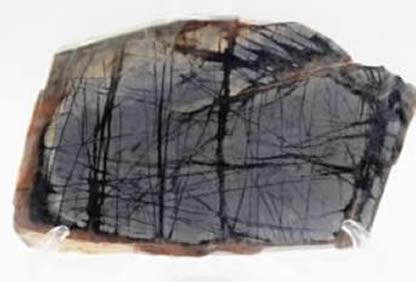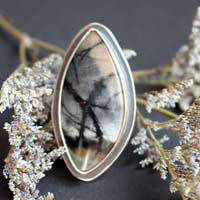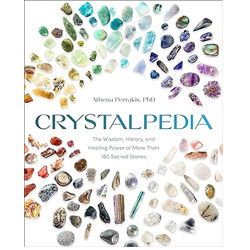- Jewelry
- Inspiration
- Our imagination
- Birthstones
- Celebrating with Eternal Flowers
- Druids and druidesses
- Flower meanings
- History, archeology jewelry
- History and healing properties of metals
- History and healing properties of stone
- Illumination jewelry
- Japanese symbols
- Maya calendar jewelry
- Stone color symbolism
- Stones catalogue
- Wedding anniversaries
- Searches a theme on the site
- Good Deals
- Paintings
- About
- Contact
JEWELRY
- Anklet
- Bracelets
- Brooches
- Cufflinks
- Earrings
- Pendants & Necklaces
- Rings
- Draw your jewelry
- How to clean your jewel
- Metal we used
INSPIRATION
- Our imagination
- Birthstones
- Celebrating with Eternal Flowers
- Druids and druidesses
- Flower meanings
- History, archeology jewelry
- History and healing properties of metals
- History and healing properties stones
- Illumination jewelry
- Japanese symbols
- Maya calendar jewelry
- Stone color symbolism
- Stones Catalogue
- Wedding anniversaries
- Searches a theme on the site
Picasso marble or Picasso jasper: history, healing properties and lithotherapy

Picasso marble properties

Although commonly referred to as Picasso jasper, this mineral is, in fact, a metamorphic marble formed through the transformation of limestone under high pressure and temperature conditions. Its primary composition consists of varying proportions of silica, calcium carbonate, and magnesium. These elements, combined with metallic impurities such as iron oxides, are responsible for the intricate patterns and dynamic veining that characterize this stone.
The patterns, often compared to abstract art, result from natural fractures and mineral intrusions. Over time, the interaction between iron oxides and limestone has created unique designs reminiscent of brushstrokes in modern art. This aesthetic connection inspired the name of this stone, paying homage to Pablo Picasso.
The color palette of Picasso marble is particularly rich and diverse. It includes shades of gray, black, brown, and white, but may also reveal hues of blue, green, yellow, violet, and beige. These chromatic variations, combined with geometric or random patterns, make each specimen a true work of mineral art.
Primarily extracted from Utah in the United States, Picasso marble from this region is renowned for its exceptional quality and aesthetic appeal, placing it among the most sought-after stones for jewelry and decorative purposes. In jewelry, it stands out for its ability to transform every creation into a unique piece, thanks to its natural patterns resembling miniature canvases. In decoration, it is also used in sculptures, mosaics, and interior ornaments.
From a technical perspective, its moderate hardness (approximately 3-4 on the Mohs scale) makes it easy to work with while maintaining sufficient durability for various applications.
Mines: Afghanistan, Australia, China, Iran, Israel, Nepal, the USA.
Stories, legends and beliefs about the Picasso marble
Picasso marble is a relatively recent addition to the fields of gemology and lithotherapy. Unlike other minerals steeped in millennia of history and legends, Picasso marble was only truly discovered and utilized in the modern era.
While its mythological or legendary history is not as developed as that of other stones, Picasso marble has begun to inspire contemporary narratives. Emerging beliefs surround its ability to awaken creativity and stimulate an artistic vision of life. Often seen as a symbol of balance and harmony amidst the apparent chaos of its patterns, this stone mirrors the challenges and dualities of human existence.
In modern cultures, Picasso marble is also associated with a spiritual quest, where its intricate patterns are interpreted as an invitation to explore the subtleties of the unconscious mind.
Healing properties and benefits of the Picasso jasper
Throughout the long history of humanity, people have attributed various properties, virtues and healing beliefs to Picasso jasper. The information presented here is shared from a cultural and historical perspective, in order to illustrate the symbolic relationship that has developed between this stone and different civilizations over the centuries. Like the preceding elements, it is part of our scientific and historical approach. It does not constitute any form of therapeutic or medical recommendation, nor does it reflect our personal beliefs.
- By boosting the body’s natural defenses, Picasso marble helps resist infections, seasonal illnesses, and external aggressions.
- It promotes better oxygenation of tissues by stimulating blood circulation, contributing to overall cardiovascular health.
- This stone is reputed for its soothing effect on the digestive system, alleviating gastric and intestinal discomfort while encouraging harmonious digestion.
- Thanks to its supposed anti-inflammatory and healing properties, Picasso marble can provide relief for skin conditions such as eczema, psoriasis, and herpes.
- It is known to ease pain related to arthritis, osteoporosis, and joint disorders, acting as a natural soother for bones and joints.
- Picasso marble is associated with reducing eye strain and preventing vision problems, particularly in cases of prolonged eye use.
- By supporting a healthy metabolism, it can aid weight management efforts while promoting overall bodily balance.
- It is often cited as a natural remedy for alleviating pain from carpal tunnel syndrome, reducing inflammation, and improving mobility.
- The abstract patterns and rich hues of this stone make it a symbol of creativity and inspiration, encouraging artists and creative minds to express their full potential.
- Picasso marble is reputed to help harmonize emotions, bringing calm and serenity during times of stress or confusion.
- It supports individuals through phases of change, fostering adaptability and confidence in the future.
- Its patterns, reminiscent of landscapes or abstract artworks, assist in recentring oneself and reconnecting with natural energies.
 Please note that all healing properties attributed to stones come from ancient traditions and various cultural sources. This information is provided for informational purposes only and does not constitute medical advice. In case of any health concerns, it is recommended to consult a qualified professional.
Please note that all healing properties attributed to stones come from ancient traditions and various cultural sources. This information is provided for informational purposes only and does not constitute medical advice. In case of any health concerns, it is recommended to consult a qualified professional.
Picasso marble jewelry samples
To learn more about litotherapy, we recommend you the following books:




